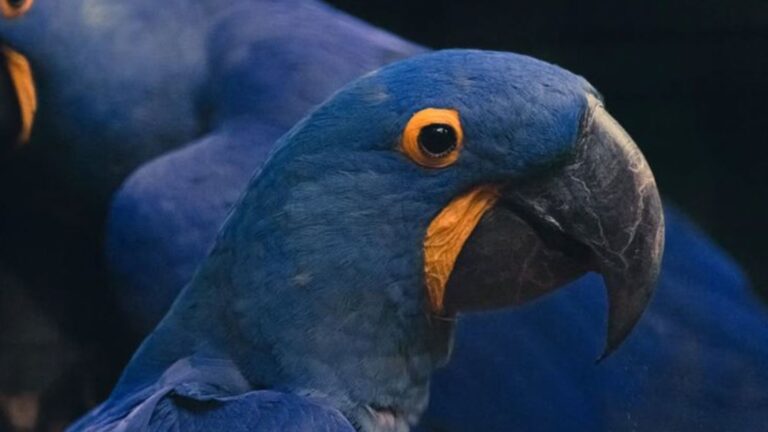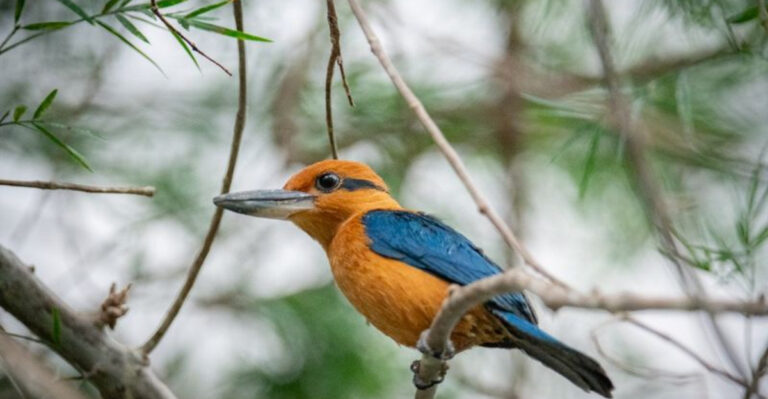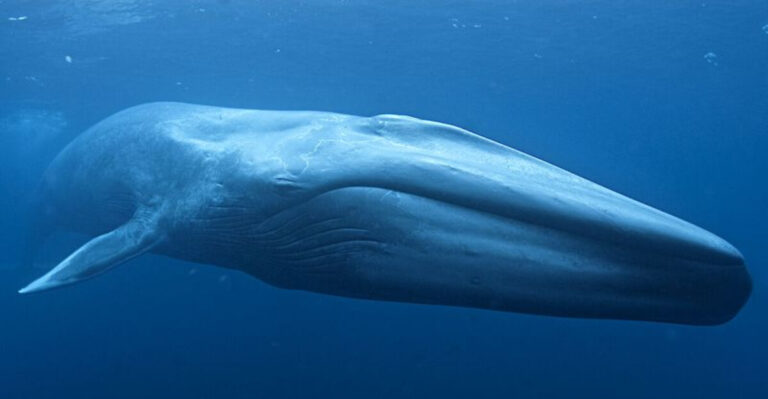What Do Mussels Eat? 11 Foods They Actually Consume
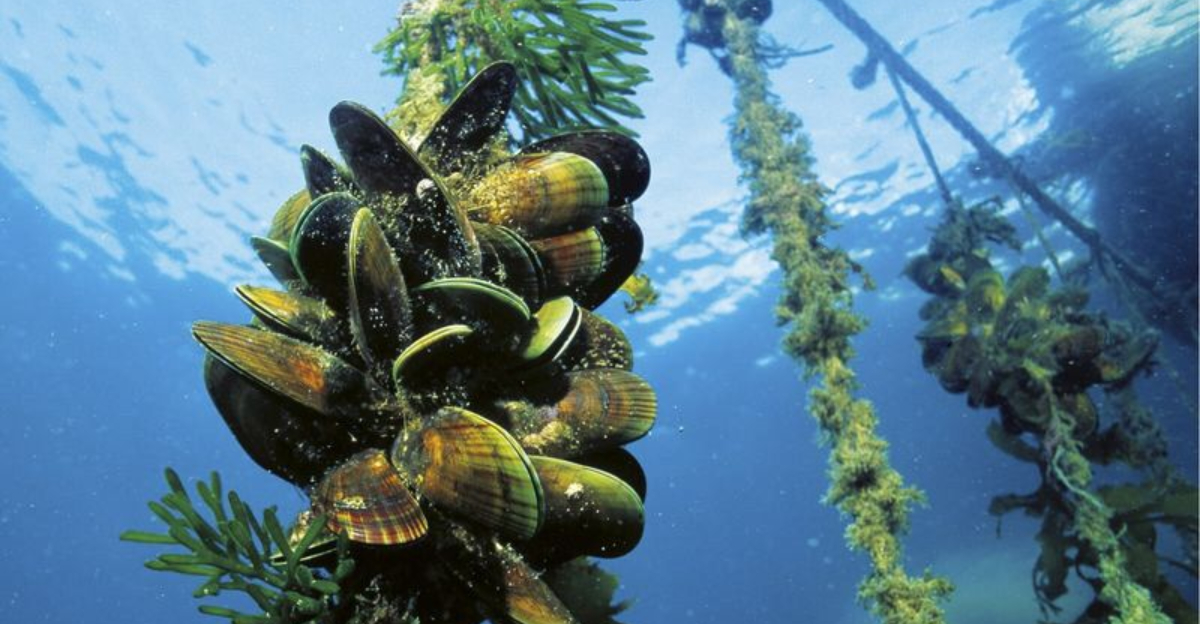
Mussels might look like simple creatures clinging to rocks, but their feeding habits are surprisingly complex.
These filter-feeding bivalves are nature’s water purifiers, constantly sifting through gallons of water to extract their meals. Understanding what mussels eat helps us appreciate how these unassuming shellfish play a crucial role in aquatic ecosystems.
1. Phytoplankton
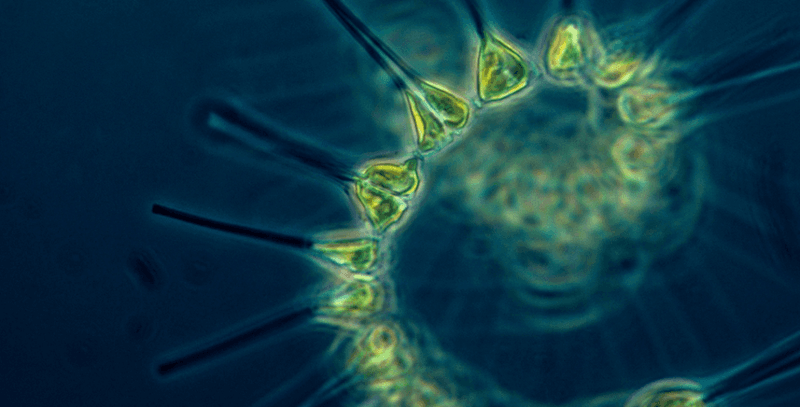
Microscopic plant-like organisms float abundantly in both fresh and salt water, making them the perfect main course for hungry mussels. When mussels open their shells, these tiny food particles get trapped in their specialized gills.
A single mussel can filter up to 15 gallons of water daily, extracting thousands of phytoplankton cells with remarkable efficiency. This feeding activity helps maintain water clarity in their habitats.
2. Zooplankton
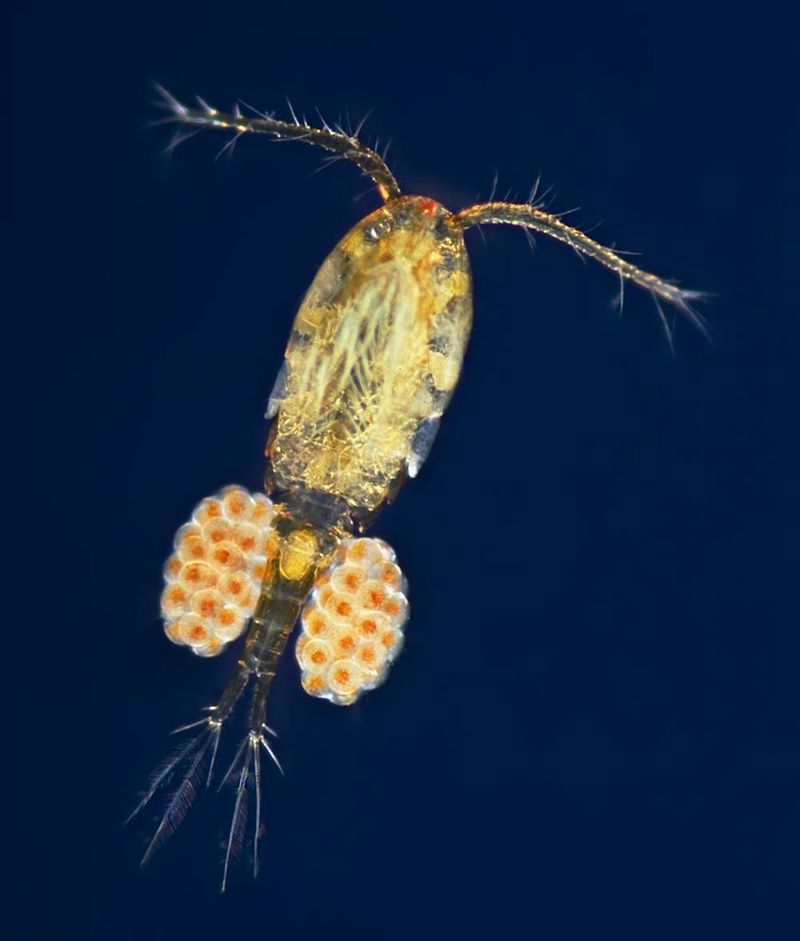
Tiny animal-based organisms become an important protein source when caught in a mussel’s filtering system. Baby crustaceans, microscopic jellyfish relatives, and other minuscule animals drift helplessly into the mussel’s trap.
Unlike more selective feeders, mussels aren’t picky—they’ll consume virtually any zooplankton small enough to process. This opportunistic feeding strategy helps mussels thrive in various water conditions where specific food sources might fluctuate.
3. Diatoms

Glass-housed algae with intricate geometric patterns make up a substantial portion of many mussel diets. These unique microorganisms have cell walls made of silica, creating beautiful microscopic structures that resemble tiny jewel boxes.
Mussels efficiently extract these nutritional powerhouses from the water column. Rich in proteins and essential fatty acids, diatoms provide critical nutrients that help mussels grow their shells and reproductive tissues.
4. Cyanobacteria (Blue-Green Algae)
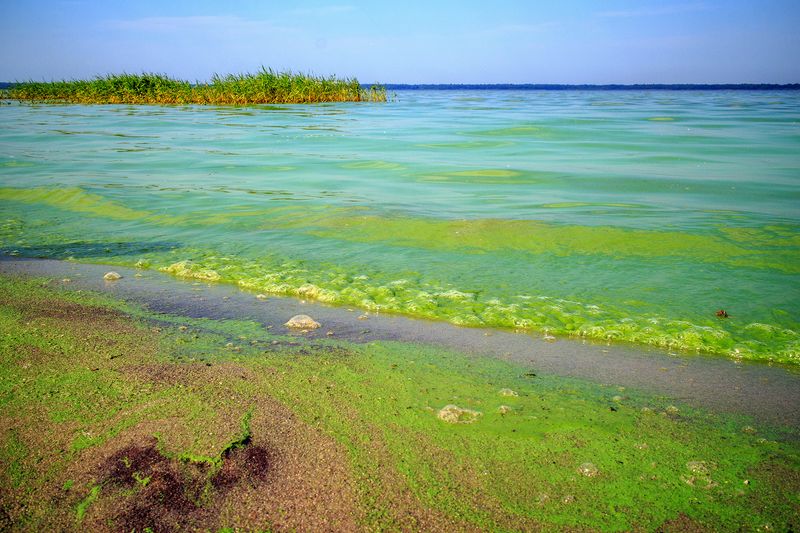
Ancient photosynthetic bacteria form dense colonies that mussels readily consume. Some cyanobacteria produce toxins harmful to other animals, but many mussels have evolved mechanisms to process these compounds safely.
During summer algal blooms, cyanobacteria can become a primary food source. Mussels help control these potential blooms, benefiting the entire ecosystem by preventing oxygen depletion and maintaining healthier water conditions for other organisms.
5. Detritus

Nature’s leftovers become valuable nutrition when processed by mussels. Decomposing plant materials, animal waste, and other organic matter suspended in water provide a steady food supply even when living organisms are scarce.
Mussels don’t discriminate between fresh or partially decomposed materials. This adaptability allows them to thrive in environments where seasonal changes might limit other food sources, making them nature’s efficient recyclers in aquatic ecosystems.
6. Algae Fragments
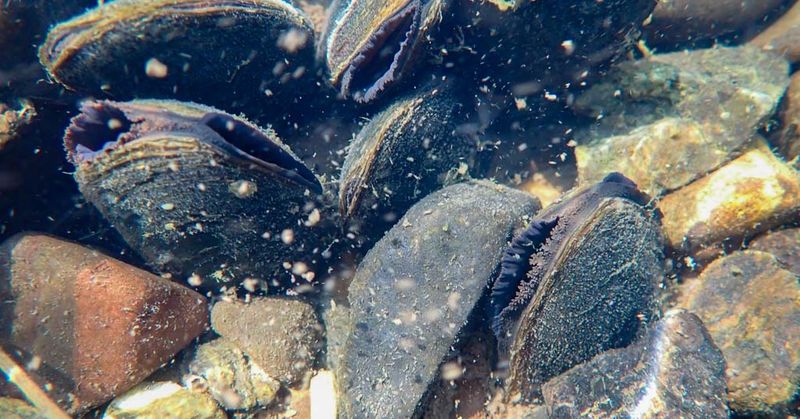
Broken bits of larger algae become convenient snacks for filter-feeding mussels. When waves, currents, or grazing animals damage seaweed or freshwater algae, the resulting fragments drift through the water column.
Mussels efficiently capture these nutritious particles. Unlike whole algae that might be too large to consume, these fragments offer concentrated nutrition in manageable sizes, providing essential vitamins and minerals that support mussel growth and reproduction.
7. Bacteria
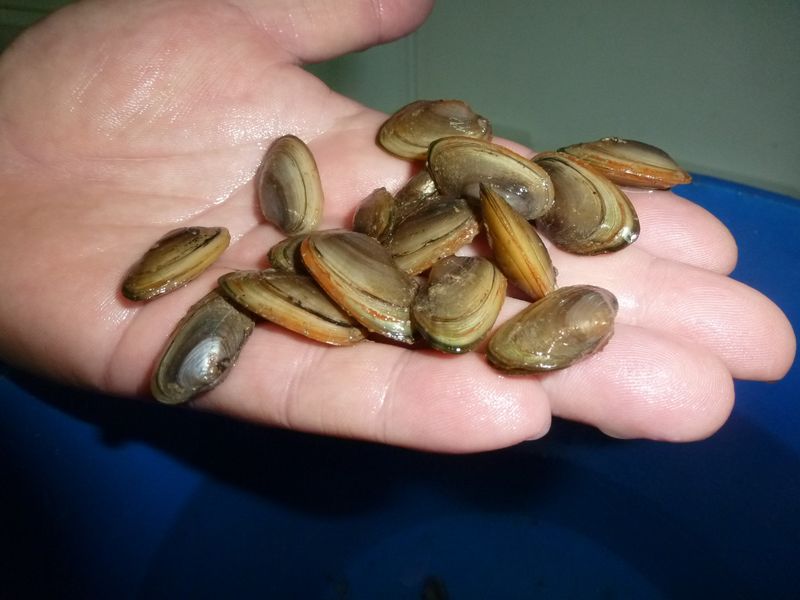
Invisible to the naked eye, bacteria form an important part of a mussel’s diverse menu. Billions of these single-celled organisms float freely in every drop of natural water, providing a constant food source.
Some bacteria species actually form beneficial relationships with mussels. While many are simply digested as food, certain bacteria help mussels break down other food particles or contribute to shell formation, creating a complex relationship beyond simple predator and prey.
8. Silt-Associated Nutrients
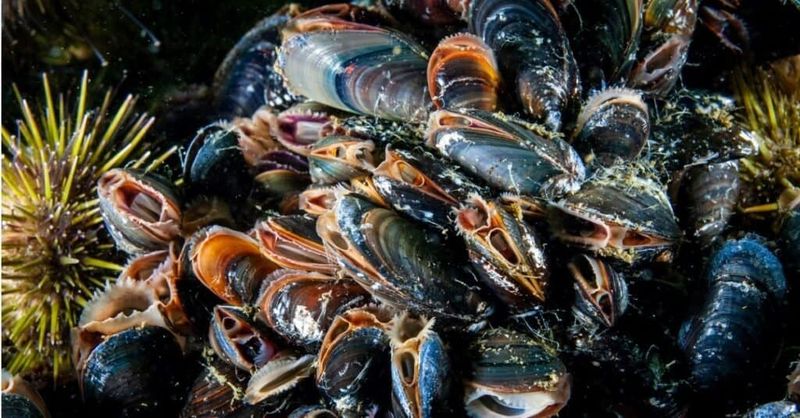
Mineral particles coated with organic materials offer unexpected nutritional value to resourceful mussels. While mussels can’t digest the actual silt grains, they extract the nutritious coating before expelling the inorganic material.
In river systems following rainstorms, these nutrient-rich particles become especially abundant. Mussels living in naturally silty environments have evolved particularly efficient methods for separating valuable organics from mineral particles, maximizing the nutritional return on their filtering efforts.
9. Larval Invertebrates
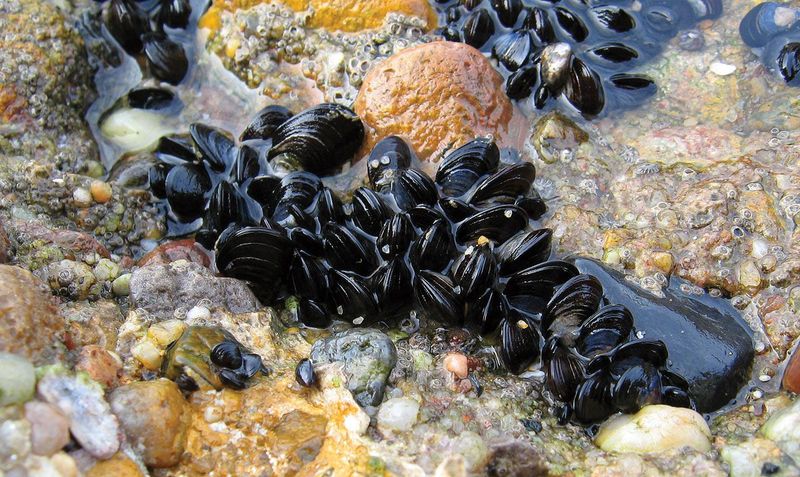
Tiny baby versions of various aquatic creatures become unintentional mussel meals when they drift too close. The early life stages of worms, mollusks, and crustaceans are particularly vulnerable to a mussel’s filtering system.
Most larval creatures are microscopic and plentiful in seasonal pulses. Spring and summer bring population explosions of these protein-rich food sources, creating feeding bonanzas for mussels that help fuel their own reproductive cycles.
10. Fungi Spores
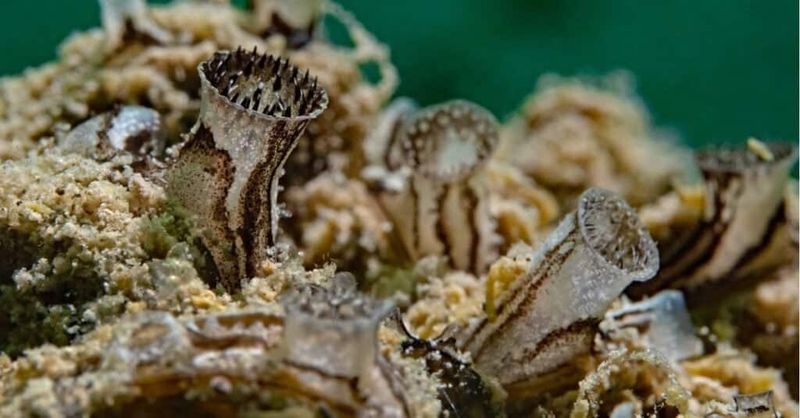
Reproductive cells from aquatic fungi provide unexpected nutrition for opportunistic mussels. These microscopic spores float abundantly in many water bodies, especially during certain seasons or following rainfall events.
Fungal material offers unique nutritional compounds different from algae or bacteria. Research has shown that some freshwater mussels may even cultivate beneficial fungi within their digestive systems, suggesting a complex relationship that goes beyond simple consumption.
11. Suspended Organic Particles

Mystery bits of biological material become important dietary components for non-picky mussels. These could include fragments of fish eggs, bits of mucus from other animals, or even airborne particles that settle into the water.
The ocean and freshwater environments contain a rich soup of such materials. Mussels excel at capturing these nutritional lottery tickets, extracting whatever value they can from each particle and contributing to cleaner, clearer water in the process.



